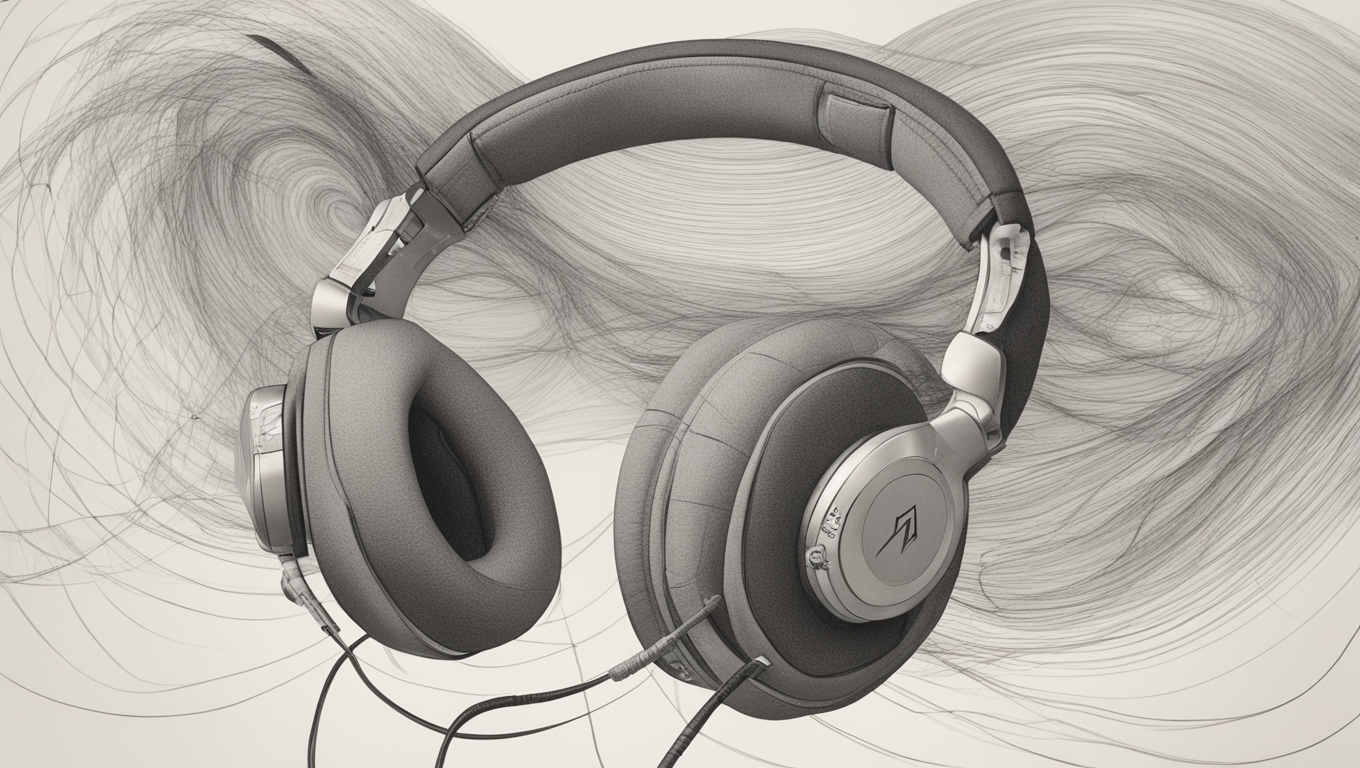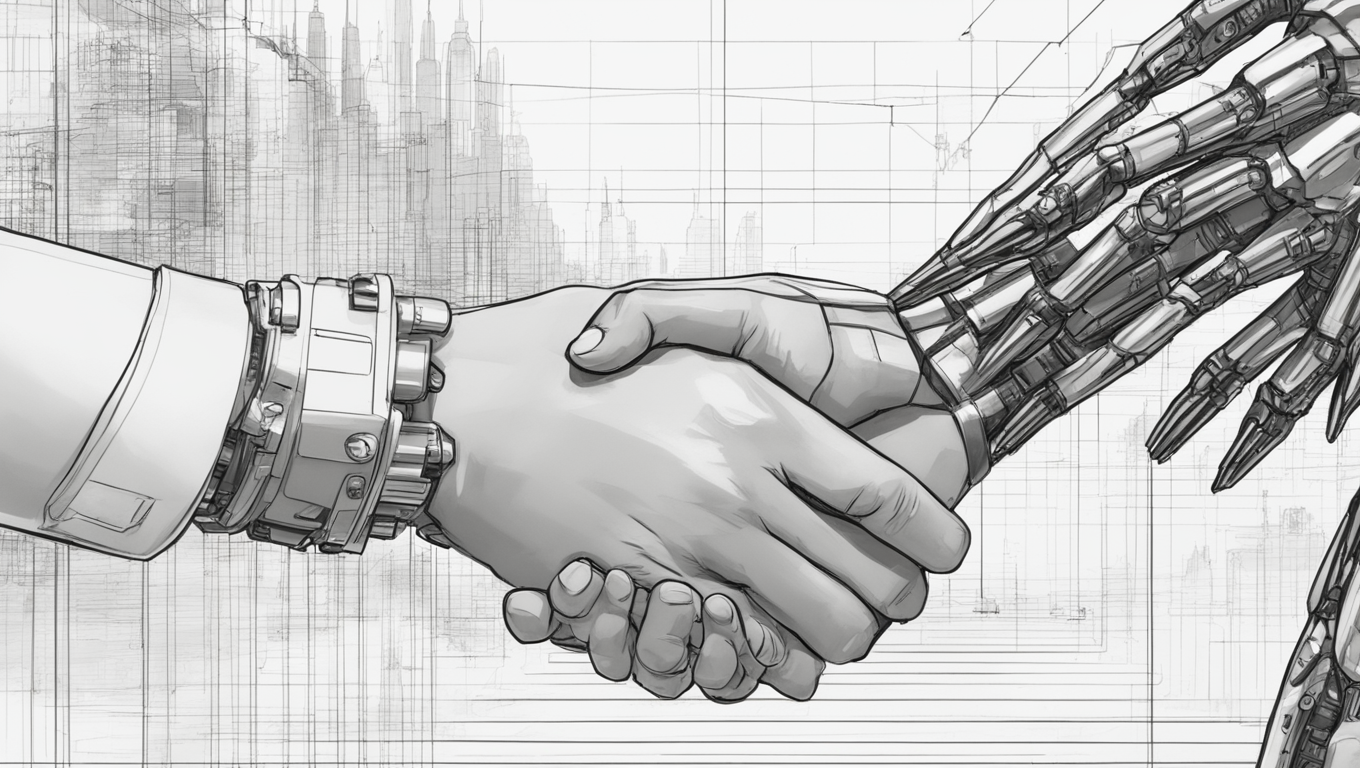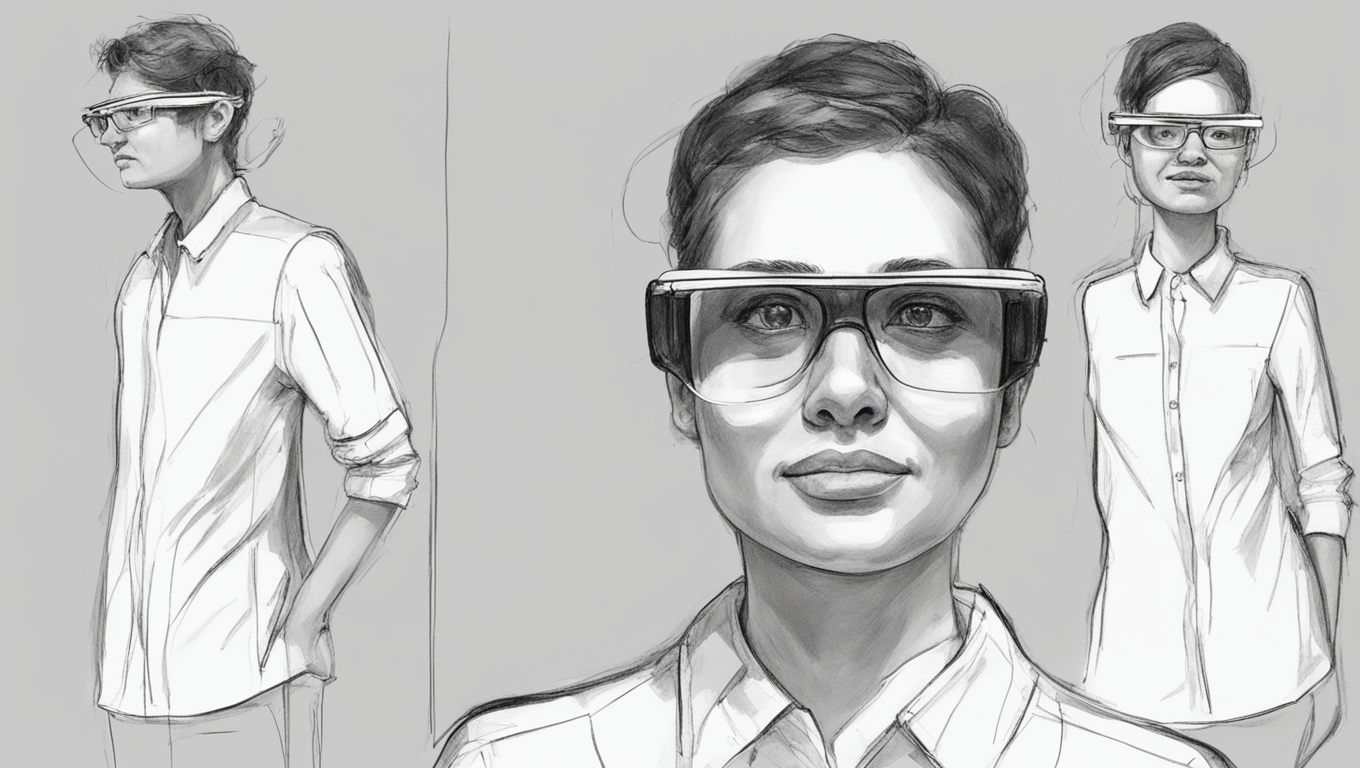Chinese scientists from Zhejiang University have made a groundbreaking discovery about the human brain’s ability to process speech with an echo. They found that the brain is able to separate sounds into two streams - direct speech and echo - enabling reliable speech recognition even in the presence of intense echo distortions.
The team’s research, published in the peer-reviewed journal PLOS Biology, has significant implications for automatic speech recognition technology. By understanding how the brain restores low-frequency components of the speech envelope that are attenuated or eliminated by an echo, scientists can improve the accuracy of machine-generated transcripts from recordings.
To study how the brain processes distorted speech, the researchers recruited around 50 native Chinese speakers and played them Chinese-language narrations with and without an echo. Using magnetoencephalography (MEG), a non-invasive test that measures magnetic fields generated by electrical currents in the brain, the researchers recorded the participants' neural responses while they listened to the audio through headphones in a quiet room.
Despite the presence of echo, the participants demonstrated an accuracy rate of over 95% in understanding the content of the recordings. The researchers compared the neural signals collected with computational models and found that the brain’s ability to separate sounds into two processing streams - original speech and its echo - better explained the neural activity than models simulating the brain adapting to echo.
This ability to segregate auditory streams not only enables us to understand speech in echoic environments, but it may also be crucial for focusing on a specific speaker in a crowded room or for understanding speech in reverberant spaces.
Lead author Ding Nai, a research professor at Zhejiang University, believes that these findings can be applied to improve the way machines process echoic recordings. With advancements in deep learning, automatic speech recognition technology has seen rapid development in recent years. Deep learning, a technique in machine learning and artificial intelligence (AI), allows computers to process data like humans and perform tasks such as image identification and speech recognition.
Ding suggests that algorithms can be developed to identify and separate acoustic sources in soundtracks, similar to how the brain works, to enhance the accuracy of speech recognition. Additionally, training machines with more echoic recordings can help them overcome related issues in audio processing.
This research opens up new possibilities for AI development. Equipping AI systems with the ability to handle issues that arise without user preprocessing and interference can make them smarter and more powerful.
Understanding the inner workings of the human brain’s echo processing capabilities is a major step forward in improving automatic speech recognition technology. By applying this knowledge to machines, we can enhance their ability to understand and process speech in real-world, echoic environments. As advancements in deep learning continue, we can expect further improvements in AI’s capacity for speech recognition and other complex tasks.





Use the share button below if you liked it.